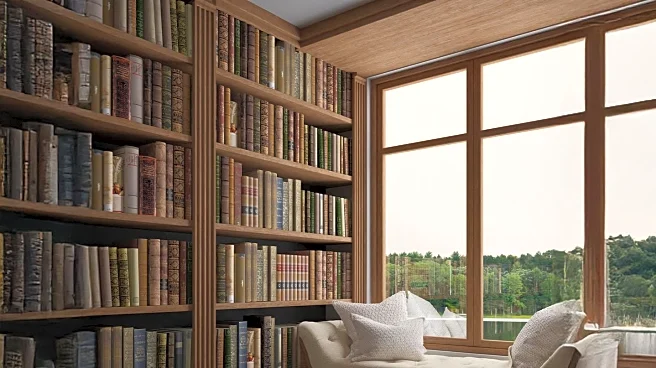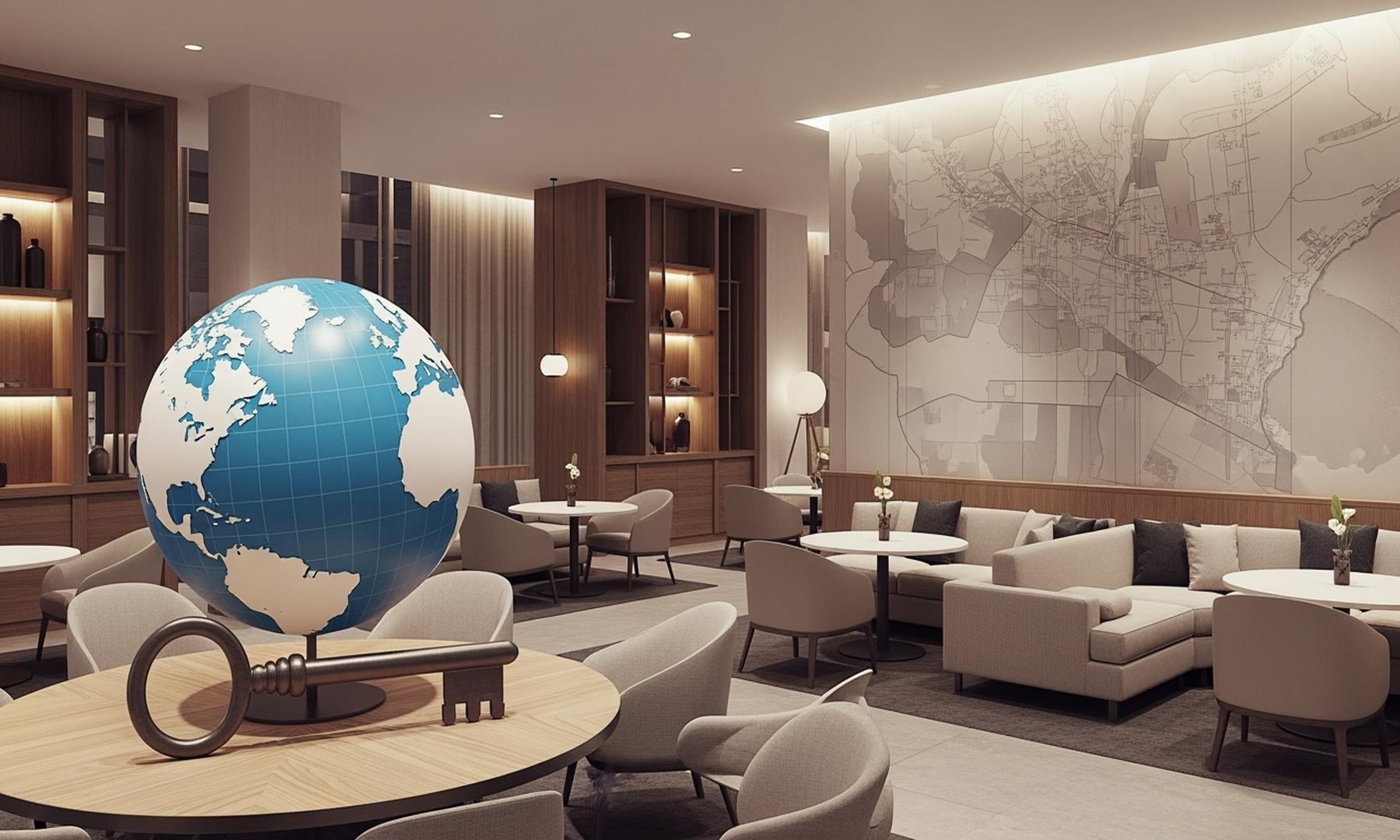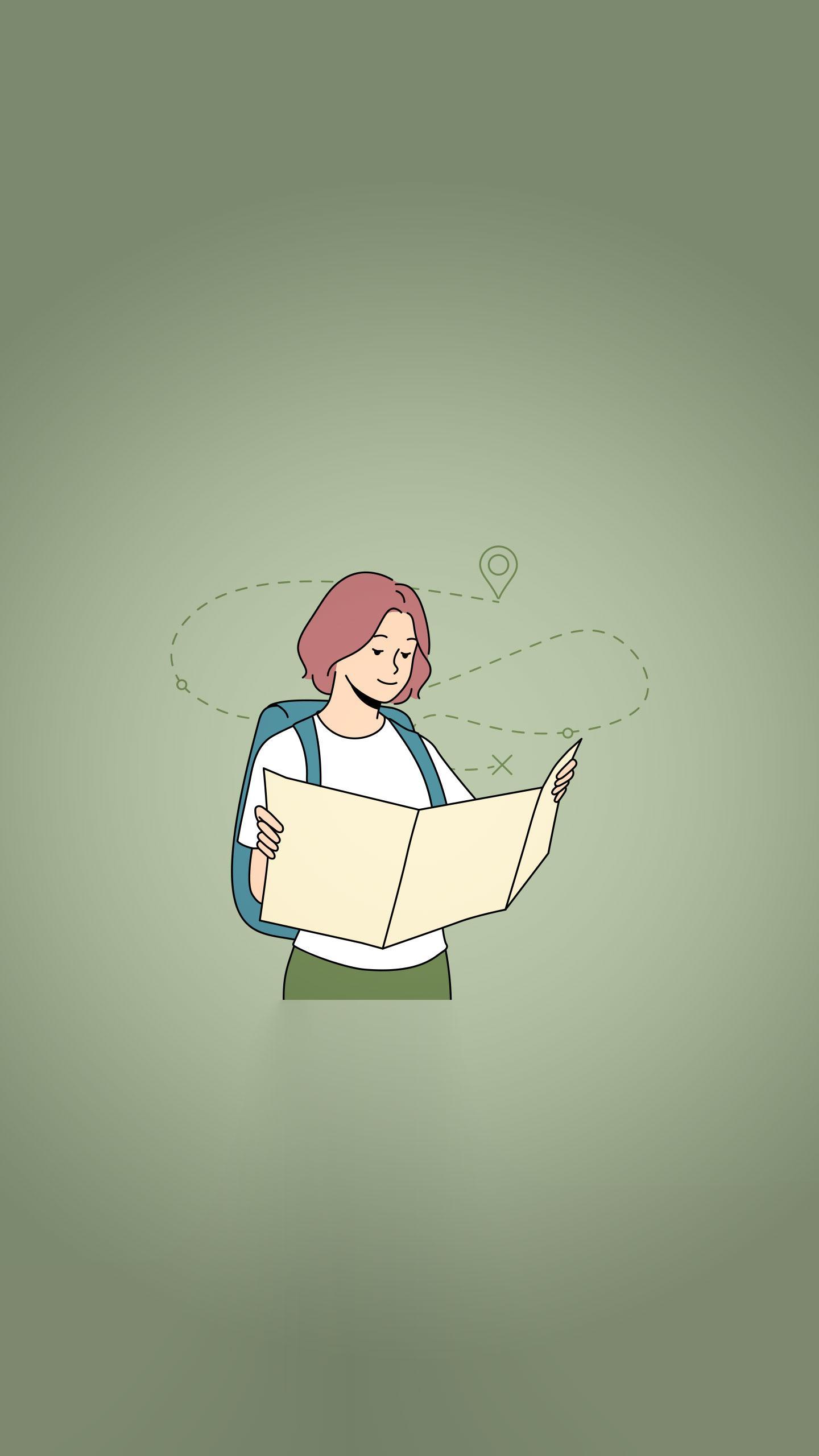What's Happening?
Experts in architecture and interior design have shared insights on identifying hidden rooms and secret spaces within homes. Isfira Jensen, CEO of Jensen & Co. Interiors, and real estate expert Jackie
Coffey have highlighted several indicators that may suggest the presence of concealed areas. These include unusually thick walls, doors that do not align, seamless cabinetry disguising secret doors, and uneven flooring. Coffey also noted that mismatched windows and shorter hallways can be signs of hidden spaces. These architectural quirks may result from remodeling or structural adjustments over time, but when multiple inconsistencies are present, they could indicate concealed rooms.
Why It's Important?
The ability to identify hidden spaces in homes can have significant implications for real estate investors, homeowners, and renovators. Discovering these areas can increase property value, offer additional storage or living space, and provide unique design opportunities. For buyers, understanding these indicators can lead to more informed purchasing decisions. For sellers, revealing hidden spaces can be a selling point. Additionally, architects and designers can use this knowledge to create innovative designs that incorporate secret spaces, enhancing the functionality and aesthetic appeal of homes.











